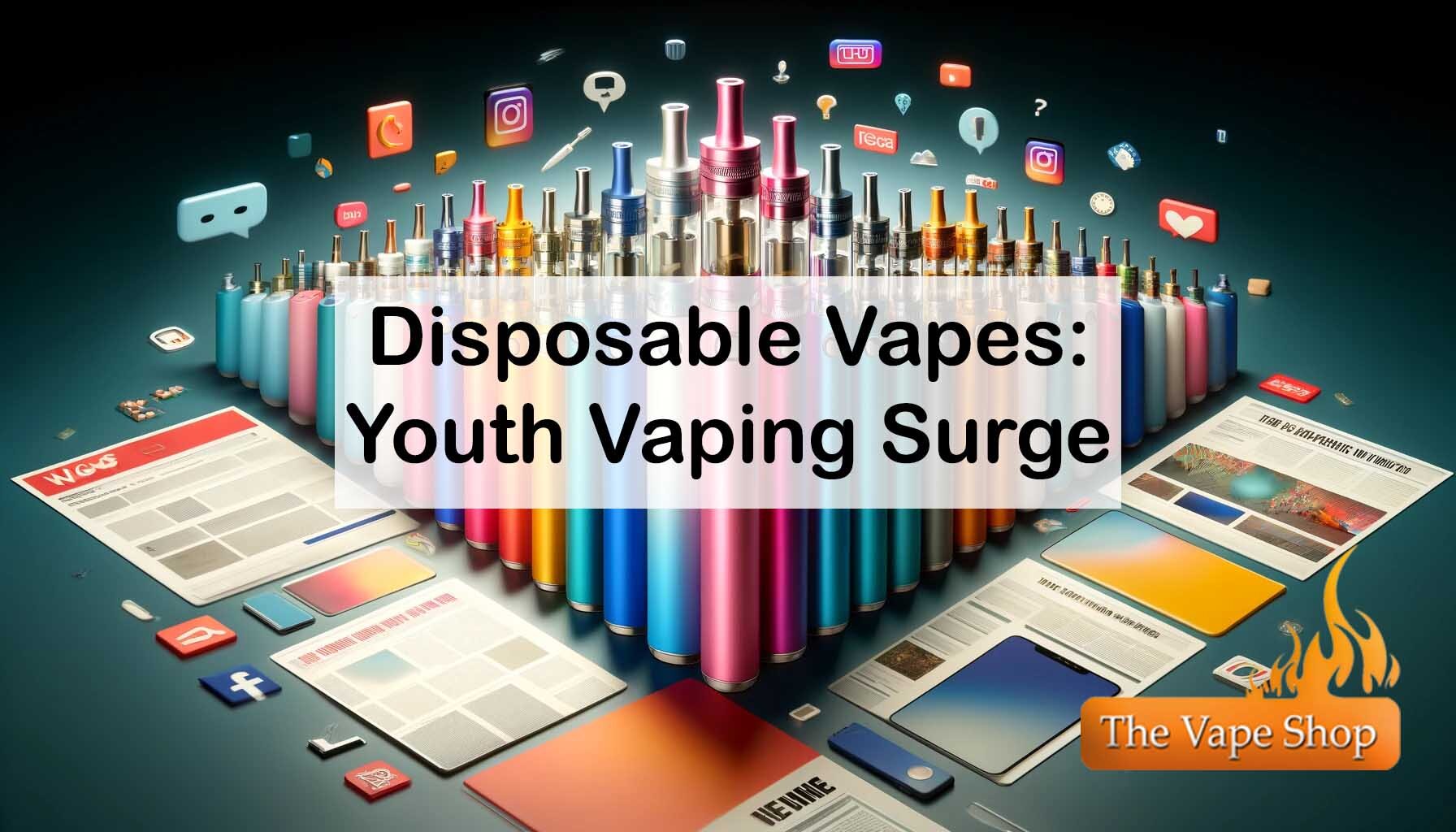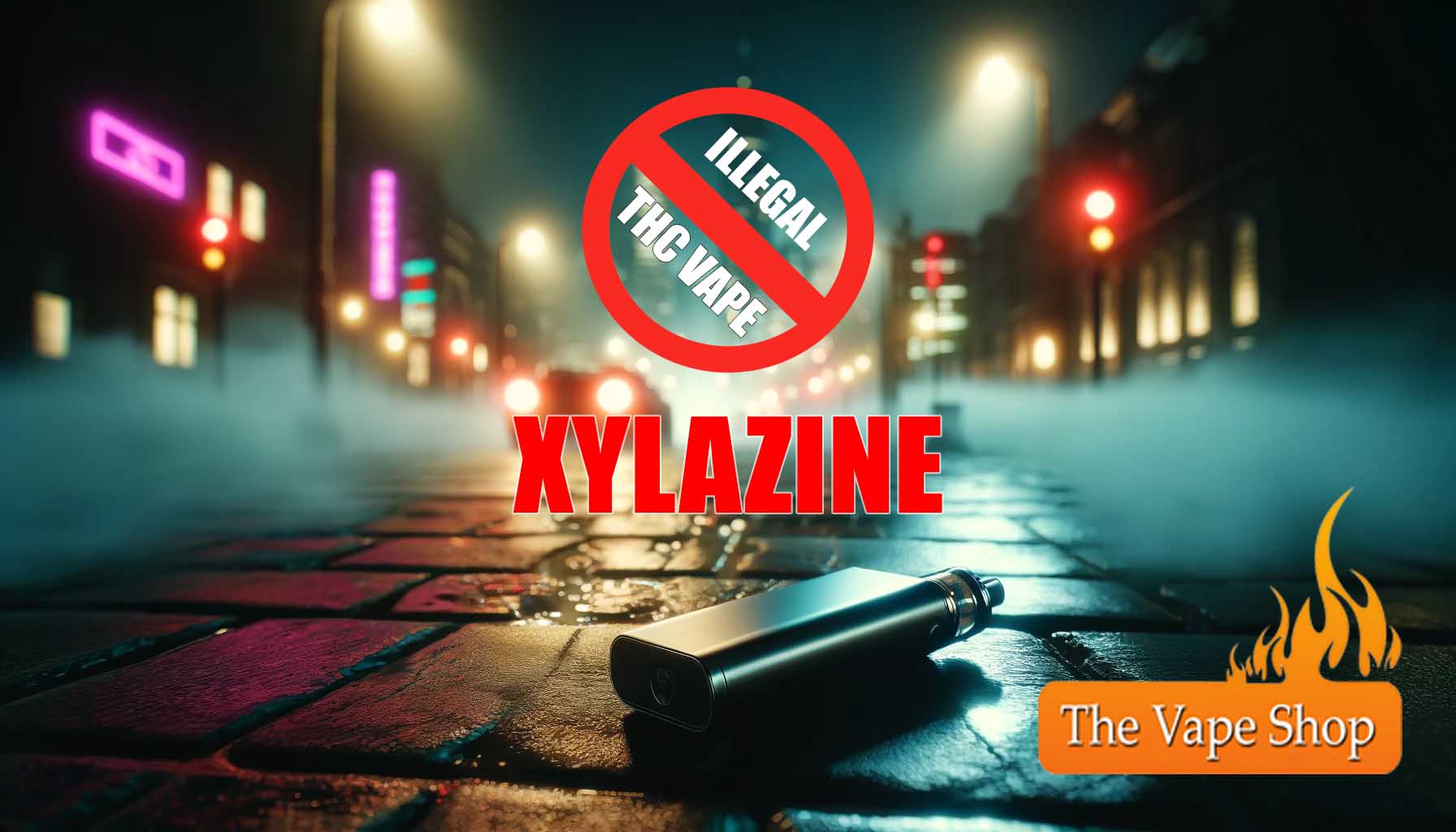Unpacking the Influence of Disposable Vapes on Younger Generations
The rapid rise of disposable vapes has significantly impacted youth vaping rates. This trend, reflected in various studies and reports, has reshaped the vaping industry and ignited a broad discussion on the product’s accessibility and appeal to minors.
The Allure of Disposable Vapes
Recent data from Public Health England indicates a stark correlation between the disposable vape market’s growth and the surge in vaping among youth. According to their 2023 report, there has been a 30% increase in vaping among young people aged 15 to 18 since disposables were introduced in 2020. These products, known for their vibrant colours and wide array of artificial flavours, are sold at price points that are accessible to a younger audience, making them particularly appealing to this demographic.
The design and marketing strategies of disposable vapes also play a significant role in their popularity. Many brands leverage social media platforms, where stylised advertisements and influencer endorsements directly reach a young, impressionable audience. The convenience of these devices, which require no setup or maintenance, adds to their appeal, providing an easy entry point for novices.
Disposable Vapes vs True Vaping
It is crucial to draw a distinction between disposable vapes and the broader vaping industry. While disposables have been at the forefront of media scrutiny, the general vaping market includes devices designed for sustainability and potentially reducing harm. These are aimed at helping adult smokers quit traditional cigarettes.
Refillable and rechargeable vaping devices, which form the core of the traditional vaping market, are often geared towards adult users seeking a less harmful alternative to smoking. According to research from the UK Centre for Tobacco and Alcohol Studies, adults using refillable vapes are 25% more likely to quit smoking compared to those who use disposable devices. These devices typically do not feature the excessively sweet flavours and flashy designs that are characteristic of disposable vapes, focusing instead on practicality and harm reduction.
Regulatory Responses and Media Perception
The increase in youth vaping, (69% of 11 – 17-year-olds use disposable vapes), has prompted significant concern from health advocates and regulators. The UK government, recognising the role of flavoured disposables in this trend, has proposed legislation aimed at banning these products. A 2024 report from the Department of Health recommends this measure as part of a broader strategy to curb underage vaping.
The media’s focus on the negative aspects of disposable vapes often casts a shadow over the entire vaping industry. This coverage can obscure the potential public health benefits of vaping as a cessation tool, leading to a skewed public perception that may inhibit the adoption of effective harm-reduction strategies.
Looking Forward: Educating and Regulating
Addressing the challenges posed by disposable vapes requires a focus on education and targeted regulation. Effective educational campaigns can significantly reduce vaping initiation among young people. For instance, a World Health Organization study in 2023 found that comprehensive educational programs in Europe decreased the initiation of vaping among youth by 40% within two years.
Stricter regulations that specifically target the disposable segment could help mitigate its impact on youth while preserving the integrity of the broader vaping market. Implementing robust age verification processes, restricting certain flavours, and enhancing public awareness about the different types of vaping products are crucial steps forward.
As we navigate these challenges, it is clear that while disposable vapes have introduced new complexities to public health, they are distinct from the core values and objectives of true vaping, which continues to focus on harm reduction and supporting those seeking to quit smoking. It is imperative for the vaping community, regulators, and the public to differentiate these products accurately, ensuring that regulations and public narratives reflect the nuanced reality of the vaping landscape.
References:
- ASH. Use of e-cigarettes (vapes) among adults in Great Britain.
- Department of Health. (2024). Proposed Legislative Changes to Vaping Products Accessibility.
- Science Direct. Regulatory Strategies for Preventing and Reducing Nicotine Vaping Among Youth: A Systematic Review














